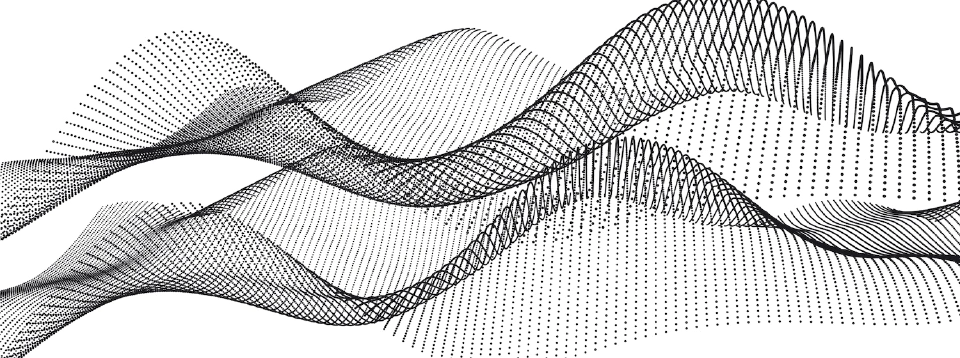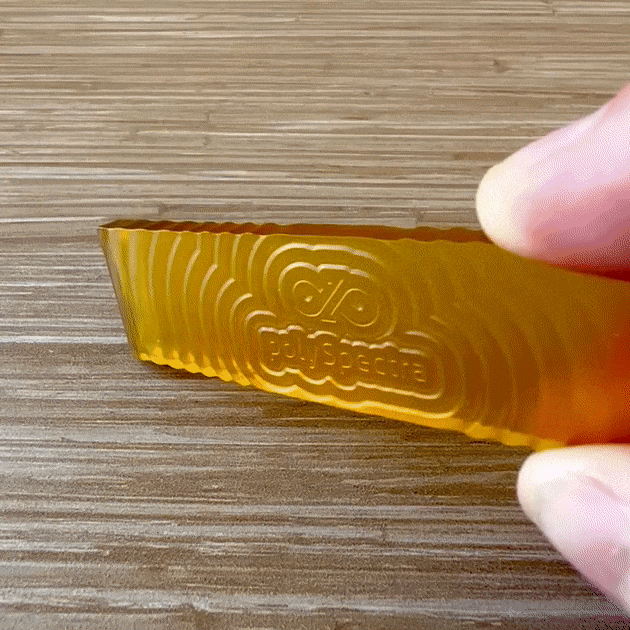Digital manufacturing is an exciting proposition. Zero inventory, made-on-demand products, decentralized production: the benefits are many. Marketing departments have for years now been all too happy to promise customers they can have it all – and today’s customers really want it all.
They want immediate fulfillment, unique product experiences, best-in-class technology, manufacturing processes that are safe for humans and the environment – and they want it all customized and tailored to meet their individual needs. That may sound like consumer thinking, but digital manufacturing is also in the B2B world, where companies want personalized, fast solutions.
But the promise of digital manufacturing has not been delivered. We’ve all heard the stories, we’ve all seen the marketing campaigns, but the reality of digital manufacturing is that we’re on shaky ground – when what we need is a solid foundation. Digital manufacturing is still manufacturing: we need that reliability, that safety, that certainty of having a foundation and repeating predictable results.
At polySpectra, we’re interested in more than promises; we’re interested in making it real. Our founding mission is straightforward: To create engineering-grade additive materials that help designers, inventors, and engineers make their ideas real.
We’ve been working to understand and mitigate the biggest barriers in actual digital manufacturing adoption for real-world results. We’ve identified three primary risks preventing digital manufacturing adoption:
- Uncertain materials durability
- Uncertain costs
- Uncertain design requirements
Uncertain Materials Durability
We’re a materials company, so let’s start with materials. Everything around us is chemistry; everything is made of something, and so we can look at materials as the foundation of a physical item.
The realities of today’s “engineering-grade” 3D printing materials leave something to be desired. When compared to traditional manufacturing materials, we can easily see key areas where 3D printing materials are lacking in terms of durability: working temperatures, brittleness, Z-strength issues, UV and thermal degradation, toxicity and leaching concerns, poor impact resistance, and poor tear strength.
This is the foundational problem that we set out to solve at polySpectra. A chart examining toughness and heat resistance had a big blank space – so we developed our new COR class of materials. Starting with COR Alpha resin, we’ve been developing resins that meet the robust needs of true manufacturing: high toughness and ductility, a high working temperature, chemical resistance, functional diversity, weatherability, and biocompatibility. You can see the COR Alpha technical data sheet here.
Uncertain Costs
Here we want to pull back the curtain on 3D printing to reveal a mountain of inconvenient truths which kill project profitability. Too many of today’s available 3D printing solutions are held back by:
- Material waste
- Labor-intensive post-processing
- Narrow process windows
- High failure rates
- Low print yields
- Closed systems
These are, too often, the things no one talks about for 3D printing. A pretty picture of a final part hides all the work it took to get there: finalizing the design, printing a viable part, post-processing it (think washing, curing, support removal, polishing). These labor-intensive needs can kill project profitability and keep digital manufacturing systems out of reach.
Transparency and predictability are important for creating a known cost structure. We wanted every solution we put forward to be fully synchronized – and fully modular.
Uncertain Design Requirements
The third major risk in moving toward digital manufacturing is design uncertainty. 3D printing is still new enough as a production technology (in the cases where it is actually a production technology) that design for additive manufacturing is a rare skill.
To fully leverage the benefits of additive manufacturing, DfAM (design for additive manufacturing) needs to be the mindset from the start. A designer needs to account for support structures, wall thickness requirements, anisotropy, overhang angles, layer lines, surface finish, and manufacturing tolerances – to name a few considerations.
Because 3D printing has been used for so long for rapid prototyping and rapid tooling, design skills there have evolved more organically. But truly designing for production additive manufacturing means rethinking everything.
What we learned the hard (and expensive) way is that the digital design piece is incredibly important – and incredibly expensive and, frankly, really hard.
Bridging the Gap
Those are the problems. We’ve been working on the answers. Ours is a physics-driven (not marketing-driven) approach to digital manufacturing.
We focused our efforts, investments, and team-building on building deep experience and expertise for real digital manufacturing. With implicit modeling to use math to design parts, a complete failure analysis, and a full-on DfAM mindset, we’re working with the industry for actual results.
What we want the most is to make sure you have these capabilities on your team, or that you’re working with a team, to bridge that valley of death between predictive performance and actual performance.
We can’t talk about 99% of the problems we’ve helped customers solve; they’re locked under NDA (and we take IP very seriously). What we can say is we’ve worked with major players in some high-stakes industries, including:
- Automotive
- Aerospace
- Industrial
- Defense
- Robotics
- Medical
- Dental
- Consumer
- Electronics
To see a couple of the customers we can talk about, you can tune in to this webinar. Here we go deeper on what’s holding back digital manufacturing technology today and how we’re working with the industry to overcome those hurdles. We also go in-depth with one of our customers in a full Respira.Works webinar.
Let’s Accelerate Innovation
We’re a materials company – but we don’t only produce resin and send you on your way. At polySpectra, we can work with you end-to-end on your project. Have an idea, or want to come up with something totally new together? We’re here for that.
Design
If you’re developing a new design and want to tap into DfAM thinking, call us. Let’s accelerate your innovation with additive manufacturing.
Parts
If you already have high-resolution STL files and you’re familiar now with what 3D printing can do for you – or you just want to see what we can do – we can make parts for you. We’ll use your files now to help you go immediately to zero inventory.
Resin
Our open ecosystem resin is ready for you now: how fast can you innovate with in-house production? We would love to help you bring COR Alpha capabilities on-site. We’re happy to recommend our favorite DLP-style 3D printers and post-processing systems to you or to make sure COR Alpha is compatible with your favorites. We’ll help you create a full-stack solution.
Partnerships
Do you have something bigger in mind? Is your product currently impossible to make with today’s existing AM solutions? Maybe we can find a way to make it possible. We love the challenge – it’s fun for us! If you’ve said “We’ve tried everything, there’s nothing out there” we’ll take that as a challenge. Let’s solve really big problems together as partners.












